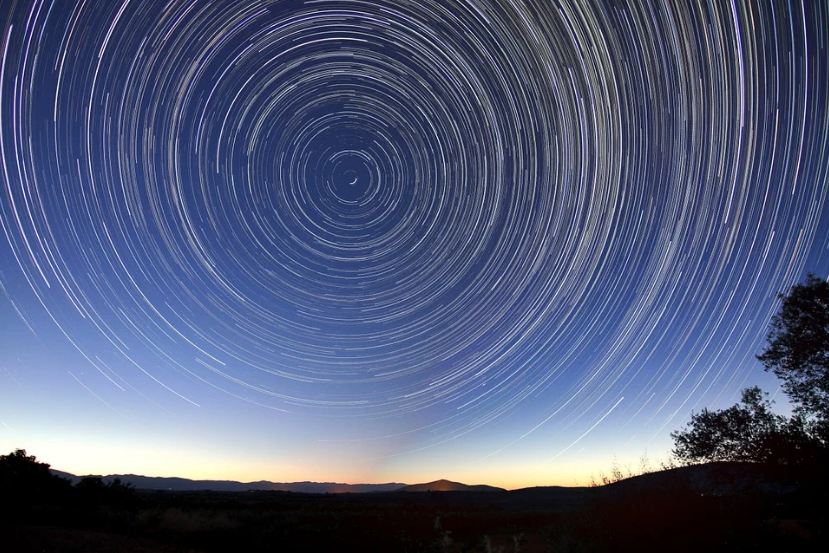Perhaps at some point in your life, you have dreamed of going out into space, studying and observing life out there, and how it feels to be an astronaut gathering data. All to better understand how the planets in the Solar System perform and to discover and unfold mysteries from the vast and enormous galaxies.
Some people do not outgrow those things in their minds and even never stop chasing and reaching that dream, so they look for ways to finally fulfill their ambitions to step on the Moon and into outer space.
Astronomy school offers practical experiences, including research and hands-on activities in addition to a thorough curriculum. Students develop essential communication, analytical, and problem-solving skills to help them succeed in their future employment. After graduation, astronomy students work in R&D, federal agencies, universities, and museums, among other places.
In the United States, there are about 2,300 astronomers, a number that is steadily increasing. Vital astronomy programs are becoming increasingly competitive as more students develop an interest in the topic.
The following are the top astronomy and astrophysics colleges in the United States.
Harvard University
One of the oldest universities globally founded in 1636, Harvard University at Cambridge, Massachusetts 02138-3800, USA, is at the topmost among the most outstanding institutions globally. Most university students are at the graduate level, and more than 20 percent of the student body is international. The university has excellent facilities like the Harvard Medical School based in the nearby city of Boston. It also has the most extensive grant of any school in the world. Harvard has more than 100 centers where the research takes place across a range of disciplines. Its popular field of specialization is Economics, Computer Science, Political Science and Government, and Astronomy and Astrophysics.
Princeton University
An elite private university in Princeton, New Jersey, Princeton has highly competitive admissions, and only a 5% rate of the student applicants typically pass.
The Astrophysical Sciences Department has two divisions: astronomy and plasma physics. There is an undergraduate and graduate degree program at the astronomy division. Meanwhile, the plasma division only provides a graduate degree. Also, the Department offers an active postdoctoral research program.
The University of Manchester
The University of Manchester is also another top institution for physics and astronomy. The university has excellent facilities like the Jodrell Bank Observatory that services the School of Physics and Astronomy. It is considered one of the largest in the UK, in terms of physics and astronomy department.
The school was founded in 1874. Over the years, it has hosted many award-winning scientists, including Professor Brian Cox OBE and Ernest Rutherford, with the Nobel Prize recognition in Chemistry for splitting the atom.
University of California
For students pursuing a degree in Astronomy & Astrophysics, the University of California – Berkeley is a good choice. A major urban center is an excellent option great for young people looking for ample opportunities for adventure, exploration, and networking.
Another best option is the University of California – Santa Cruz, which students can enjoy with the thrill of a substantial city.
The University of Texas
Suppose you are eyeing a quality school for your dream of being an astronomist. In that case, The University of Texas at Austin is another hard-to-beat university for Astronomy & Astrophysics as a major. The institution is among the largest schools in Texas.
Approximately 64.0% of applicants submit ACT scores, yielding a 29 average score range. Every additional year of college means students take on more debt, so UT Austin’s impressive 55.1% graduation rate is indeed an advantage and an ideal factor to consider.
University of Washington
The University of Washington Seattle Campus is another top on the list and an excellent option when pursuing a degree in Astronomy & Astrophysics. Young people will not only immerse themselves in studying. Still, they will also enjoy balancing their life as the school is situated in the city to find good prospects for social networking, experience, and life.
After earning a four-year degree, the Campus offers graduate degree programs with great and world-class competitive advanced courses to those pursuing a study.
California Institute of Technology
Caltech’s astronomy program focuses on equipping students with the skills they’ll need to succeed in a research career. The curriculum offers a wide selection of physics, computation, arithmetic, and astronomy courses based on each student’s interests. In addition, writing and oral presentation classes are required for astronomy students to graduate as successful communicators.
At Caltech, every astronomy student works on a variety of research topics. Black holes, surface water on Mars, infrared sky, numerical relativity, galaxy alignment, numerical relativity, and galaxy spectroscopy are just a few of the astronomy topics that have been the focus of previous research theses.
Carnegie Mellon University
The physics department at Carnegie Mellon enables students to know better what the world is comprised of and how it operates.
The McWilliams Center for Cosmology assists students in better understanding the universe’s makeup. Researchers use observational, theoretical, experimental, and computational methods in an interdisciplinary approach. The facility brings together scientists from a variety of fields, including physics and software engineering.
Graduates of Carnegie Mellon University’s physics program go on to pursue careers in astronomy and astrophysics.
The school’s alumni have worked for prestigious firms, including SpaceX, NASA, and Boeing. Others continue their studies in astrophysics at prestigious graduate schools such as Stanford and the University of Chicago.
University of Arizona
The University of Arizona boasts one of the nation’s largest non-science astronomy enrollments. Those of all majors have the opportunity to learn directly from astronomy instructors, making the program an excellent choice for both serious aspiring astronomers and students with a general interest.
Undergraduates can participate in funded, part-time research programs through the university’s NASA Space Grant program during the academic year. Students collaborate with practicing scientists to do cutting-edge research. Climate change, atmospheric fuel mining, zero-gravity impacts, and the creation of lunar rovers are all discussed.
The University of Arizona’s astronomy club attempts to instill a love of astronomy in every student. They offer a variety of possibilities to collaborate with colleagues and astronomers on astronomy initiatives. Model rocketry, astrophotography, stargazing, planetarium building, and other activities involve undergraduates regardless of major.




